By the investigative journalist Jonathan Whitcomb
Report a Sighting
If you have seen any flying creature that brings to mind one or more of the following words or phrases, please contact me. Also feel free to get in touch with me if you know of any friend or relative or neighbor who may have seen such an animal. This applies whether or not the sighting was in Arkansas. Thank you.
- Pterodactyl
- Flying dinosaur
- pterosaur
- Dinosaur bird
- Dragon
- Prehistoric bird
Sighting of a Modern Pterosaur in Sherwood, Arkansas
I got the first email from this eyewitness on November 12, 2018. I asked permission for publishing the person’s name and received it: Chancey Carter:
I saw what looked to be a flying dinosaur this morning. It flew above my vehicle and I was too late to take a picture. It had long wings and a long neck. I was in Sherwood, Arkansas when I saw this creature.
My Reply:
Thank you very much for telling me about this. About what time was it? Thanks. Jonathan Whitcomb
Second email from Chancey Carter:
It was right around 7:15 am, it’s raining and cold here so the sun is not out.
My Reply:
Thank you. I just want to be sure that I understand. Was your sighting this morning, Monday, Nov 12th?
Third email:
Yes . . .
My Reply:
Thank you. I see Sherwood on a map now. Is it just a few miles from Little Rock? In what area of Sherwood was the sighting?
Fourth email from Chancey:
It’s a few miles from Little Rock, Arkansas. It flew from the direction of Sherwood police department. If you could find that on the map, it flew towards a wooded area with . . . trees. I wish I could’ve caught a picture but I was so shocked to see something I [had never seen before].
Another Sighting in Arkansas, Early in 2018
Earlier in the same year, I got an email from an eyewitness who told me about a sighting a few weeks earlier. James Smith and his mother Melba Smith saw a “pterodactyl” in Camden, Arkansas, at 11:45 a.m. (It was overcast that day.)
###
.
Dinosaur Book for Children and Teens
Why would the new book The Girl who saw a Flying Dinosaur be the best Christmas or birthday gift for many kids and teenagers? It invites them into a new world of adventure in cryptozoology: true stories of encounters with modern living pterosaurs.
.
Modern pterosaurs and extinction
From fossils, we know that some pterosaurs had wingspans over 20 feet. Should such an animal live near humans, it would be feasible for it to carry off a child or small adult. A report of such an incident may resemble a fable to Westerners, yet natives in a remote jungle see no problem except the danger from that animal.
.
“My father and I saw a huge, featherless bird in Arkansas . . . when I was sixteen . . . We were sitting on big rocks at a cliff about 300 foot above the river when it flew out just under us and we watched it all the way down toward the river till it passed the tree lines. . . .”
.
In 1897, an eight year old girl, Virginia O’Hanlon, wrote a letter to the editor of a big newspaper in New York, asking if Santa Claus was real. The response has since become the most famous editorial of all time: “Yes, Virginia, there is a Santa Claus.” I now apply that kind of positive journalistic response to what some persons have asked me over the past fifteen years. The question is in this general form: “Did I see a pterosaur?”
.
Dinosaur book for LDS children and teens
My new nonfiction is for middle-grade children and many (but not all) teenagers: The Girl who saw a Flying Dinosaur. This is a short cryptozoology book, not about religion but about eyewitness sightings of apparent living pterosaurs. It invites you to seek the truth behind what people around the world report observing. . . . my new book . . . really is for English-speaking people of all faiths.
.
Flying-dinosaur adventure book
I wrote the nonfiction book The Girl who saw a Flying Dinosaur for several purposes. As a gift giver for a child or teenager, you need to know what benefits it can give to the young reader. I recommend it for readers between about the ages of eight and fourteen; for some ten-year-olds (and eleven and twelve) it will be exceptionally delightful: easy to understand yet stimulating.
.
Cryptozoology book for children and teenagers
It’s about eyewitness testimonies about strange flying creatures that appeared unlike any bird or bat. The scientifically correct name for what some people call a “dinosaur bird” or a “flying dinosaur” is pterosaur. Please now consider how a young reader may be better off because of reading this short book (for readers about 8-14 years old).
[This is about the book “The Girl who saw a Flying Dinosaur.”]
———————————————————————————————————
A new nonfiction book for children and teenagers:
Nonfiction book for young readers: Non-extinct ‘dinosaurs’
.



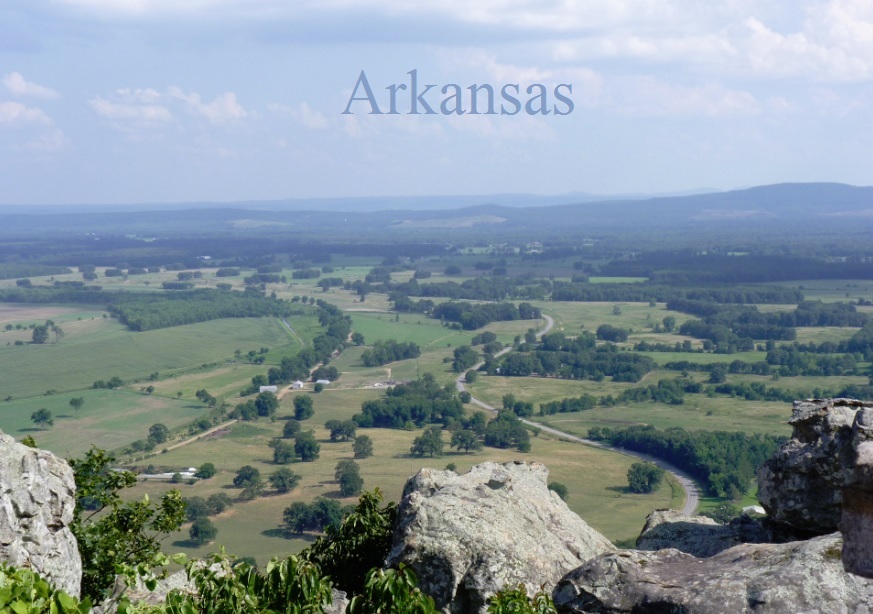
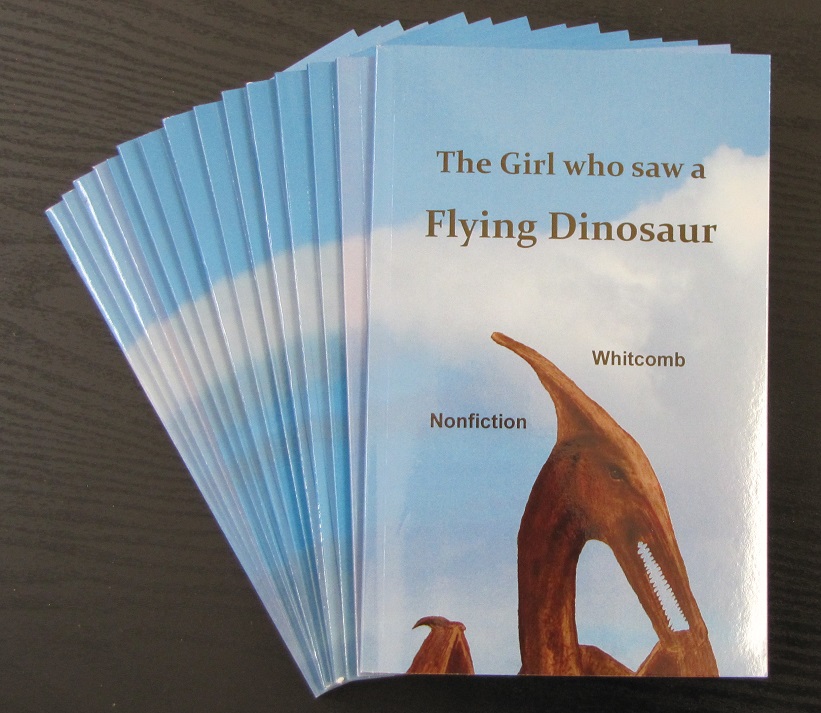
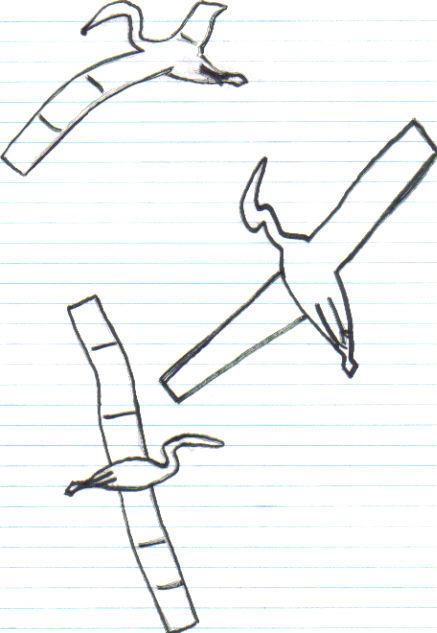
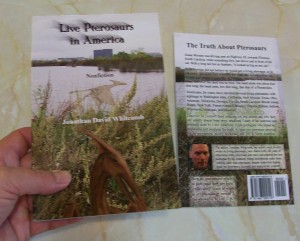
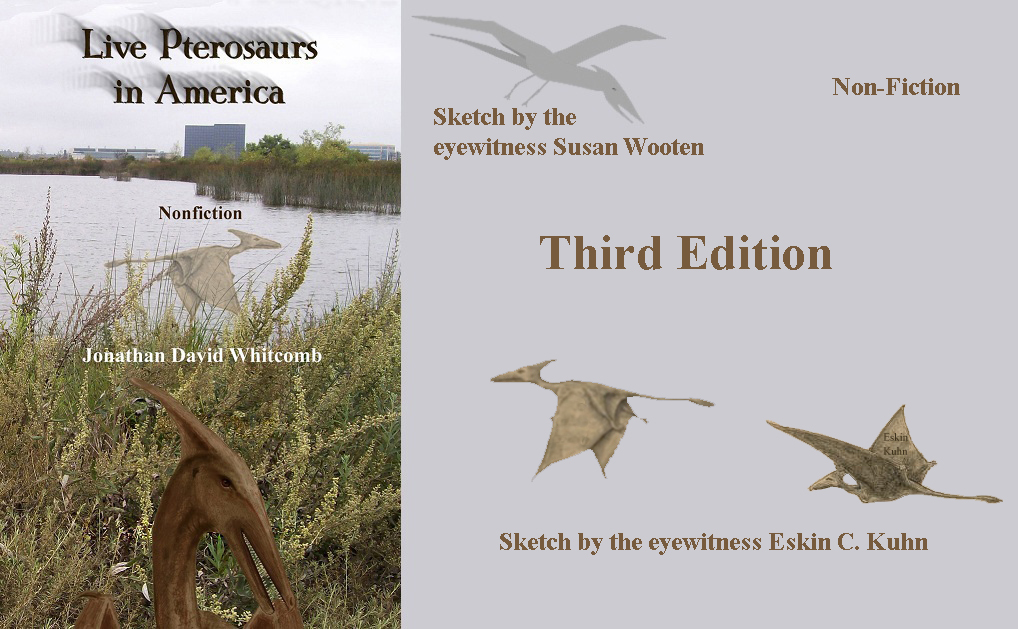
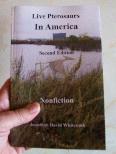 Did you know that living pterosaurs have been reported in North America, even in the United States? Read the many eyewitness sighting reports by purchasing a nonfiction book on
Did you know that living pterosaurs have been reported in North America, even in the United States? Read the many eyewitness sighting reports by purchasing a nonfiction book on